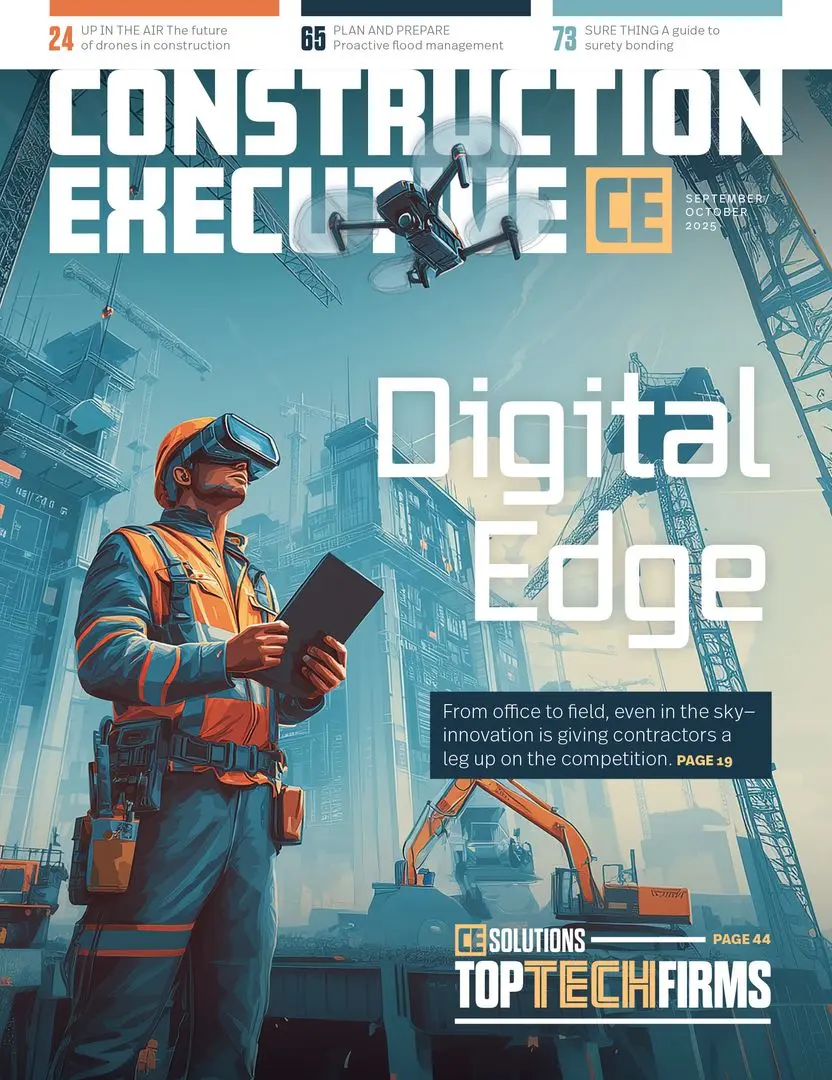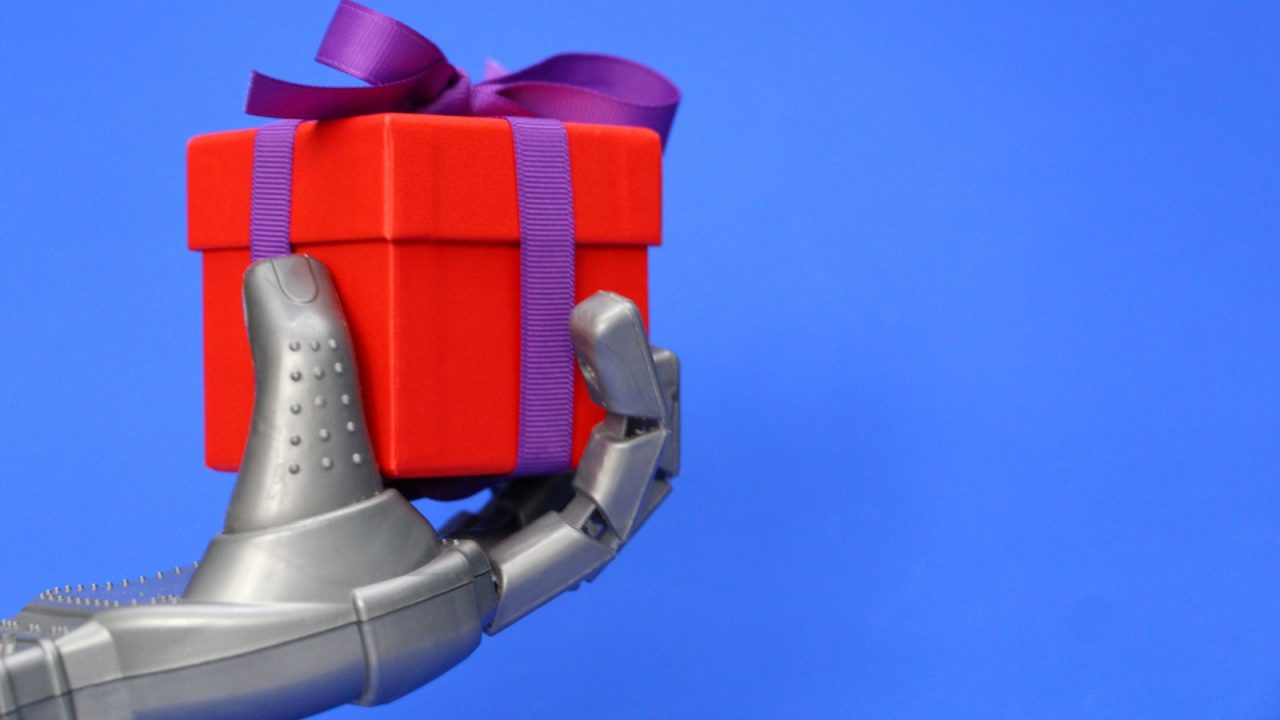New advances in artificial intelligence are finally putting long-promised improvements in productivity, safety and efficiency within reach for construction companies. They’ve come just in time. It’s no secret the industry is facing serious headwinds: Rising interest rates and commercial real-estate slowdowns have stymied activity, while labor productivity growth continued its decades-long trajectory of stagnation. A recent report suggests that the construction industry will need an additional half-million workers to meet labor demands in 2023.
AI and machine learning can help meet these shortfalls. But shifting to a semi-autonomous business isn’t just a matter of purchasing leading-edge equipment and training workers to use it. There needs to be a certain level of buy-in from the people that operate it. If a construction worker believes they are smarter than the software they are being asked to monitor, they will reject it outright. To ensure a smooth transition, early adopters will need to assess the current state of AI and prioritize human-machine integration as they take the plunge.
Surveying the State of AI in Construction
The construction industry is no stranger to AI. Autonomous vehicles have been deployed on construction sites for decades now—but the degree to which these machines utilize AI is constantly evolving, and there’s plenty of room for further advancement.
That said, there won’t be a leapfrog from machine operators to sentient robots overnight. Of the five incremental levels of automation, construction companies have hit a ceiling at the third level—high autonomy requiring occasional human intervention—though that’s likely to change in the coming decade.
Still, machines at this level of automation provide myriad benefits. They house environmental detection capabilities and can make informed decisions for themselves. For instance, new wheel loaders can use proximity sensors to automate bucket functions, such as creating a flat grade for road construction. Another example is Caterpillar’s fleet of autonomous haul trucks, which have moved over five billion tons of materials since their introduction in 2013.
One of the most common ways for construction leaders to break into the world of AI is to partner with original equipment manufacturers (OEMs) such as Komatsu and John Deere, collaboratively develop a solution to an ongoing challenge and share the expense of an AI-driven prototype that addresses it. From there, they can focus on improving the machine using real-world data and human feedback.
The Key Pillars of a Human-Centric Approach to AI
As early adopters communicate with OEMs or their own research and development teams, they should integrate human-factors engineering (HFE)—the process of designing a machine for intuitive human use—into implementation processes. Here are a few ways they can ensure operators feel comfortable, confident and safe working with autonomous equipment.
1. Ground safety protocols around delivering clear feedback to human operators. While the construction industry often functions in a controlled environment, it is not immune to hazard. Introducing AI requires thinking about safety in a completely different way. Car companies, for example, assume drivers will make critical errors in judgement and therefore implement several fail-safe features (anti-lock braking systems, electronic stability control, etc.) to ensure safe operation. In a dynamic environment where many variables can introduce risk—highway obstacles, crossing pedestrians or falling debris, for example—such measures are critical to saving lives.
In stark contrast, the fail-safes for autonomous machines are often the operators themselves. While these individuals are often highly trained, they need easy-to-understand feedback from the machines they supervise to avoid mode confusion—a state in which the operator thinks a machine is in an autonomous mode when the operator actually needs to take control. Including something as simple as clear warning indicators or audible alarms could mean the difference between a slight hiccup and a tragic accident.
2. Ensure AI decision making accounts for competing priorities. Construction leaders and OEMs tend to set priorities from a top-down perspective, which often results in autonomous vehicle design focused on financial goals and minimizing liability. But a bulldozer that prioritizes fuel efficiency or minimal tire wear, for example, may provide a suboptimal experience for an operator traversing sloped terrain whose primary goal is to complete their work quickly and efficiently. That’s why AI algorithms should also factor in feedback from operators themselves.
For example, there was a train engineer in the locomotive industry who was, of course, concerned with getting to his destination as quickly as possible. At certain points in the journey, however, he stated that modulating speed a specific way was a matter of safety—by taking frequent undulating hills too slowly, the train was running the risk of bunching up or getting stretched out. While the company may have saved money on diesel using the algorithm as is, it could encounter large maintenance costs and potential safety incidents down the road. So the algorithm was changed to strike a balance between the aspirations of everyone involved.
3. Adopt machines with intuitive interfaces. On another trip, this time to San Francisco, an operator was handed what initially looked like a videogame controller. As it turned out, it was a controller for a compact track loader that enabled operators to control their machines from up to 300 feet away. Within minutes, the machine was programmed to move around, pick up a pallet and set it somewhere else. This is the kind of ease and approachability that will allow operators to embrace autonomous equipment without spending months mired in training.
CAT has already rolled out a remote operator station for dozing that enables operators to work in a seated position with familiar controls. Paired with semi-autonomous operation, the station empowers a single operator to manage multiple machines from the comfort of an office environment. It’s not unimaginable that long-term construction operations with established infrastructure—including high-speed wireless network capabilities and cloud access—will eventually have operators monitoring highly autonomous machines from a standalone office building. By outlining the safety, wellbeing and flexibility such improvements will bring, construction companies will be able to make a strong case for adoption to skeptical operators.
AI Is a Win for Construction Workers
Digital solutions have already enabled construction employers to automate processes in ways that significantly improve safety standards. A 2018 U.S. Chamber of Commerce report, for instance, found that more than half of all contractors use some form of automation to manage safety onsite, and 74% plan to add even more technology to their current stack. This is a significant development for an industry that has routinely had the highest number of fatal work injuries in the private sector.
These trends underscore why it’s important that construction leaders secure buy-in from operators—operators who, after all, are the most at risk for developing debilitating injuries. The best way to do it? Listen to what your workers have to say, rework AI-based solutions according to their feedback and focus on making their lives a little easier.







